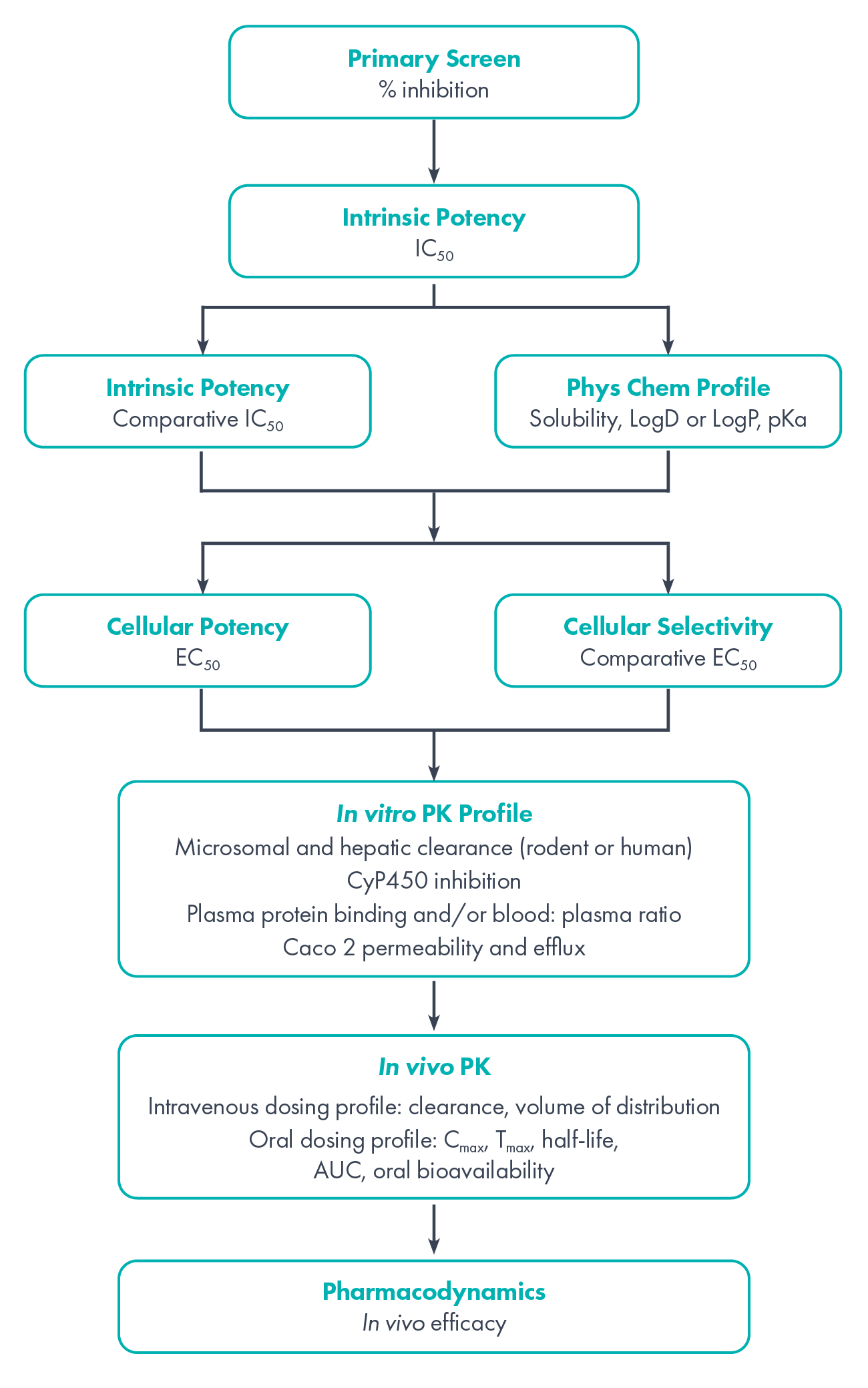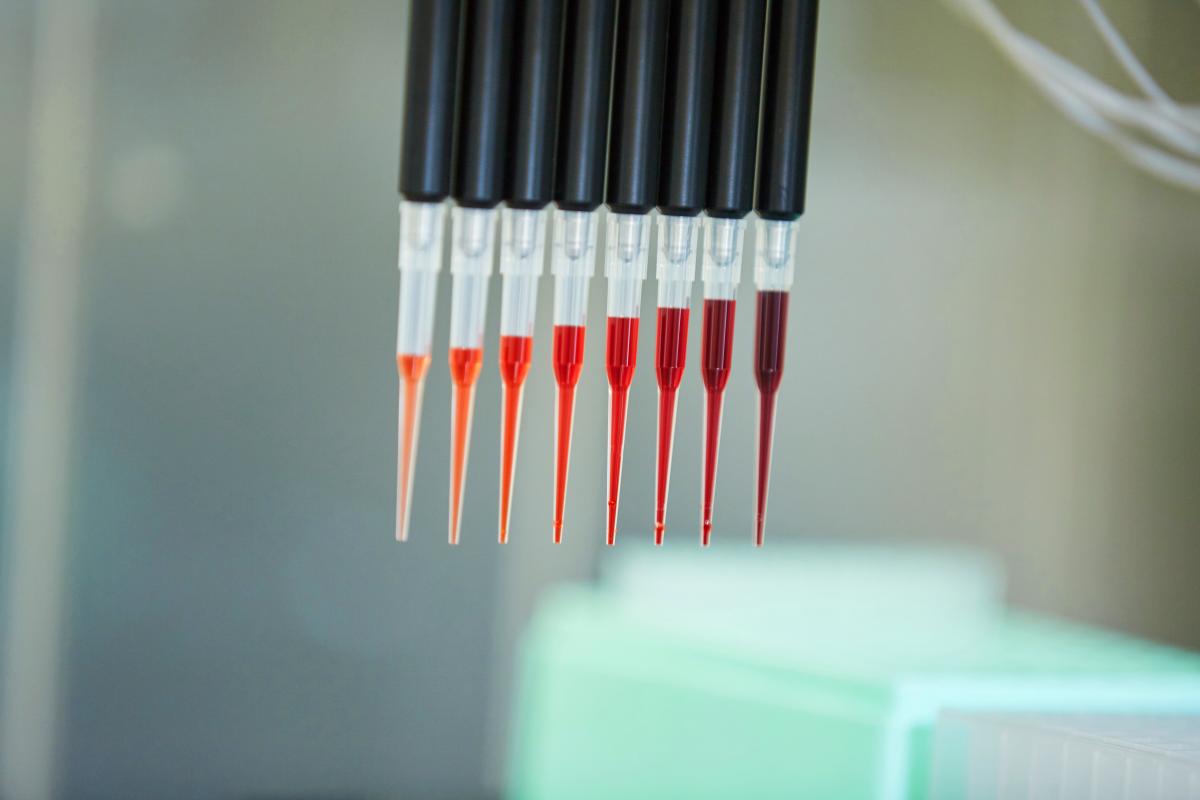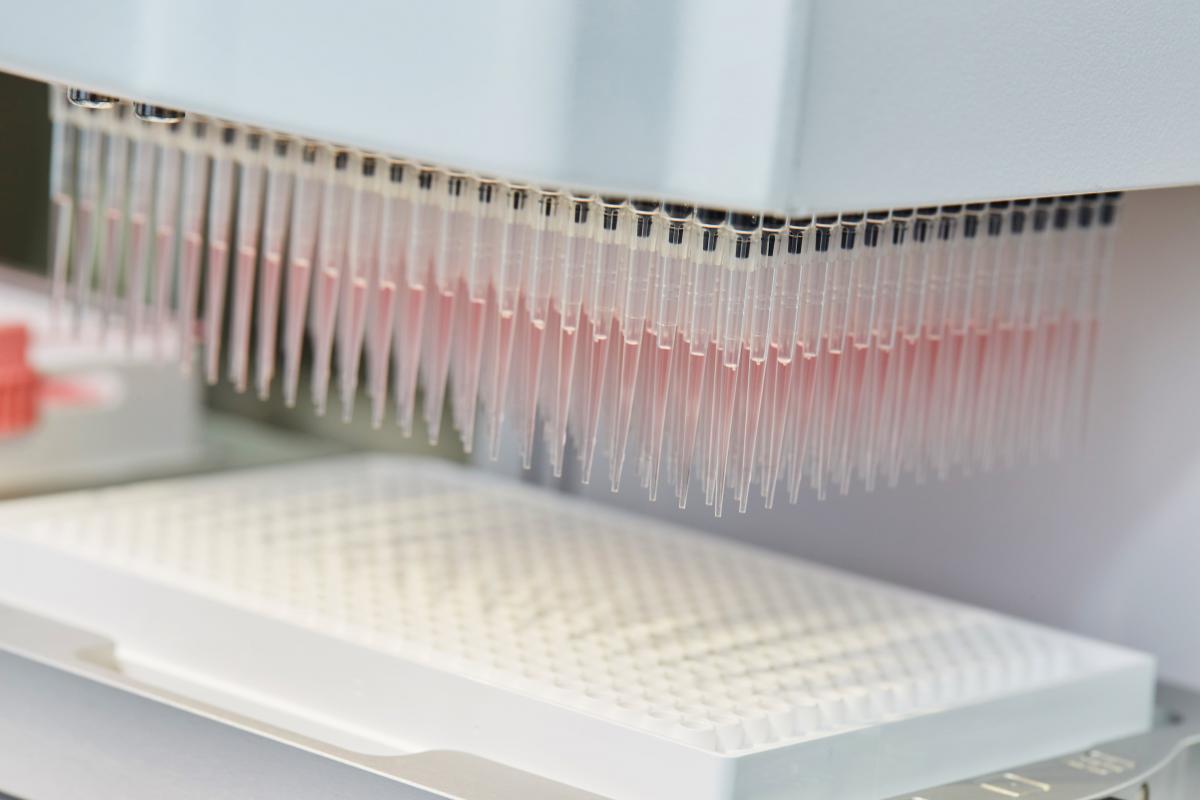- About
-
Solutions
-
Services
- Biosciences
- Chemistry
- Integrated Drug Discovery
- Computer Aided Drug Design
- Hit Identification
- Target Classes and Modalities
- Therapeutic Areas
-
A-Z
- A
- B
- C
- D
- E
- F
- G
- H
- I
- K
- L
- M
- N
- O
- P
- R
- S
- T
- V
- X
-
Services
- Library
- News & Events
- Careers
Fragment and Compound Screening
Tailored compound screening programmes to deliver robust, decision-making data

At Domainex, our Assay Biology team works in close collaboration with colleagues from medicinal chemistry, computational chemistry and analytical chemistry to create decision-making screening programmes that are tailored to your needs and budget.
Screening Cascade Design
Domainex has the capability to design, build and operate full screening cascades including initial primary potency screening, selectivity assays, in vitro ADME/PK, cellular and phenotypic assays to create an efficient system that will provide you with data in real-time, thus supporting your project seamlessly as it transitions through Hit Identification, into Hit to Lead and on to Lead Optimisation. Co-locating our screening capabilities with our medicinal chemistry expertise minimises cycle time and allows for the efficient optimisation of compounds properties ultimately towards the identification of novel drug candidates.
Our scientists can develop biochemical, biophysical and cell-based assays that deliver robust, decision-making data that enables the efficient progression of your project. A typical screening cascade is shown in Figure 1.

Integrated Screening
Domainex is able to provide you with integrated drug discovery services “all under one roof” enabling us to deliver fast and effective Design-Make-Test-Analyse cycles. Using our state-of-the-art automated liquid-handling systems and our Dotmatics® informatics platform, we are able to rapidly deliver assay data for each test compound, whether this is at a single concentration or a full dose-response curve. This rapid turnaround of data enables Structure-Activity-Relationships (SARs) to be identified quickly and efficiently meaning that your projects can be progressed rapidly to the next phase of research.
Hit Identification
Domainex’s Fragment-Based Drug Design (FBDD) platform, FragmentBuilder, enables us to identify hits efficiently against your chosen target, and screening of our highly diverse fragment library is a key component of this platform. Typically, fragment screening at Domainex is carried out using NanoTemper instrumentation which uses thermo-optical measurements (MST/TRIC) to detect ligand binding. However, we do use a range of alternative biophysical screening methods if required, for instance we have also found HTRF to be a robust and very useful technique in some cases.
Domainex can also perform covalent fragment screening. Covalent fragments can be detected by mass spectrometry which can be beneficial if a sensitive biophysical detection method, essential for classical fragment screening, cannot be established for the protein target of interest. See our poster “Covalent Fragment Screen using QToF analysis” for an example of covalent fragment screening work carried out at Domainex.
For further information on fragment screening and for information on our fragment library please visit our FragmentBuilder page.
Alternatively, in order to identify hits for your drug discovery project, we can can screen the output of a LeadBuilder virtual screening campaign or we can carry out a High-Throughput Screen (HTS) against your target of interest.
Mechanism of Action (MOA)
In order to design a compound that modulates the function of your target to produce your desired pharmacology, it is essential to have a detailed understanding of its mechanism of action (MOA). Domainex scientists can use several complementary approaches to characterise compound MOA:
- Enzymology (biochemistry):
- Competitive, non-competitive, mixed and uncompetitive inhibition modes
- Kinetics (on and off rates)
- Reversibility studies
- Tight binding limit
- Receptor pharmacology (biophysics)
- Characterisation of receptor agonists, inverse agonists and antagonists
- Allosteric modulators (PAMs and NAMs)
- Structural biology for a detailed understanding of the compound binding site (X-ray, NMR)


Download the Brochure
Find out more about Domainex's fragment based drug discovery expertise and how this could help enhance your programme.
Start your next project with Domainex
Contact one of our experts today